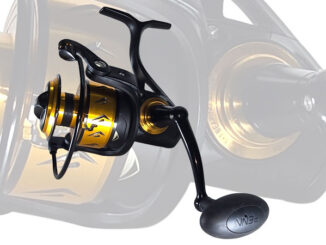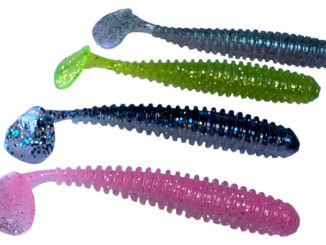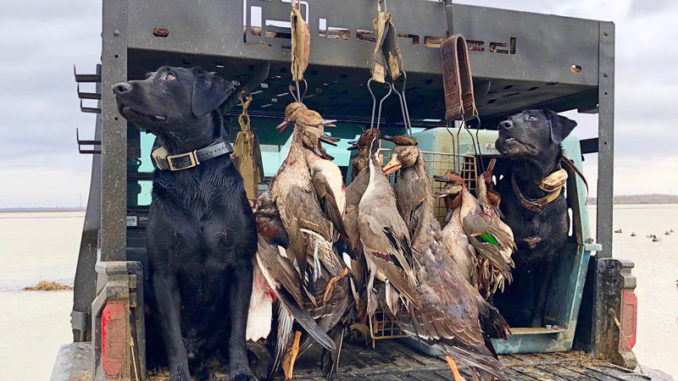
Louisiana duck hunting is kind of like our good food. Most people are not interested in how it’s cooked, but only in the results — does it taste good? But a lot of planning, preparation and a good recipe goes into every good dish.
It’s the same with duck hunting. Duck hunters want results: are there ducks in the sky and in the decoys? A lot of framework planning and a good recipe is behind that, too. And just like good food, there are a lot of options and choices. None of which will leave a good taste in hunter’s mouths unless there are lots of ducks. That exercise is underway. But like food, there are so many options it’s still too early to tell what’s for supper.
Every five years the state has options for resetting zones and this is the year, with changes to take effect at the start of the 2021-2022 season. Right now, hunter survey data suggests that the two most popular options would be a two zone, two split season with zone splits going North/South or East/West. Preliminary maps for those two looks have been drafted. Louisiana currently has three zones, including a Coastal zone.
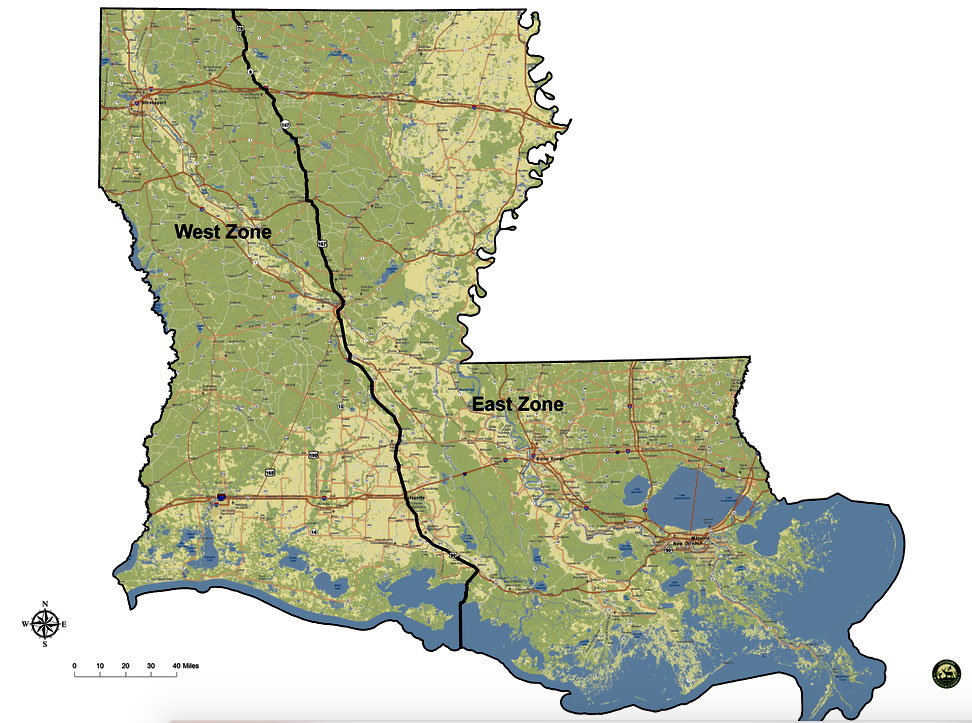
“We’ll make our presentation of the data to the Commission in July and I hope we can, from that, be able to present a recommendation by the August meeting, then by the September meeting make a decision and move forward, says Larry Reynolds, the Louisiana Wildlife and Fisheries waterfowl department guru.
States have more time to decide
Reynolds actually pushed the Flyway and the USFWS to allow the state an opportunity for two zones, two splits, based on hunter input and the layout of Louisiana’s waterfowlers. Of course, there is no plan that will make everybody happy, but Reynolds thinks the two zones will work well for our state. But whether or not that is the final recommendation is yet to be determined. There’s even another ingredient thrown into the duck gumbo this year. Because of Covid-19, states haven’t even been allowed to see all the harvest data from last year yet. While the original deadline to make a decision was October 1, 2020, that has been given some flexibility as well.
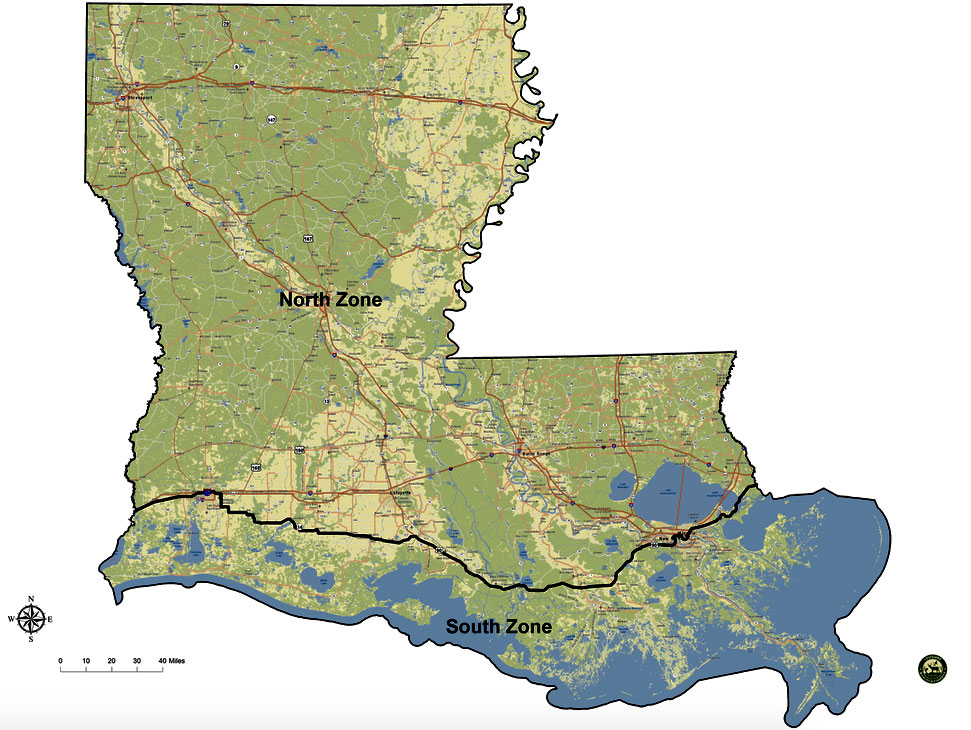
“Because of the delays, if we want more time, the Commission can decide that they don’t want to make changes yet and they can just leave it as it is for one more year. Then the changes could be made next year, but it would only be for four years instead of five. There’s a lot to it. My job is to make sure the Commission is apprised of all their options and to get as much data and feedback as I can to help them with the decision.”
“The most important thing having the best seasons for each particular zone. Furthermore, it’s important to spread out the season to hunt good times both early and late as well as having another opening day from the second split. That is very attractive to hunters that don’t cross zone boundaries. When you consider that about 75% of our hunters are primarily hunting on private land, that sentiment begins to make perfect sense.”
Hunting later in the season
Reynolds says some hunters like zones set up where they can “jump” from one to the other, but the data shows that is only a small percentage. Most hunters are generally considering only their own specific situation, while LDWF tries to balance the needs of the entire state.
“There has long been controversy over hunting later in the season. If there is one thing I can get majority support from hunters, it is hunting later in the season. According to our harvest data, that opinion is poorly supported. Even in the east zone, we kill lots of ducks in November, and trading mid-November for late-January hunt days is not a good idea, but the contention remains. Even in the Coastal zone, where migratory ducks first show up in Louisiana every year, a majority of hunters want to hunt later.
“There is also growing concern that hunting pressure is driving ducks out of the state, or at least into sanctuary habitats where they are no longer available for hunters to harvest. Again, those opinions are poorly supported. If ducks are being driven out of the state by hunting pressure, they are going to states with as many or more hunters that are killing just as many ducks, and our aerial survey and radio-telemetry data have always shown ducks using sanctuary habitat more often once the season opens but yet we still kill a higher proportion of them than the nationwide banding data predict. But the contention remains.”
The pros of a second split
Reynolds says that adding a second split addresses both of those concerns.
“By adding a second split, we can spread the season out to allow both early and late-season harvest while creating a second period of rest to ease the hunting pressure and provide another ‘opening day’ effect to improve hunting success. The federal framework has now been extended to January 31 no matter what that day of the week is. So now, the season can be extended later, from not at all (like 2020-21 where Jan. 31 is already the last Sunday in January) to up to 6 days. That increases the value of the second split in taking advantage of both early and late-season harvest.”
